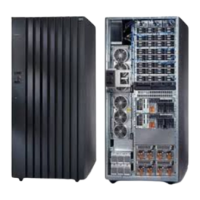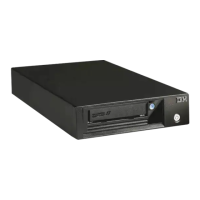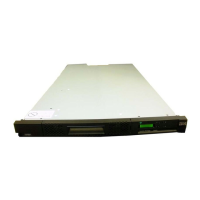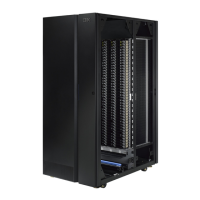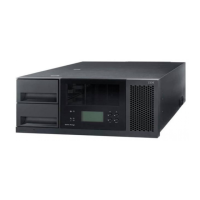Parallel access volumes
Parallel access volumes (PAVs) allow your system to access volumes in parallel.
A PAV capability represents a significant performance improvement by the storage
unit over traditional I/O processing. With PAVs, your system can access a single
volume from a single host with multiple concurrent requests.
You must configure both your storage unit and operating system to use PAVs. You
can use the logical configuration definition to define PAV-bases, PAV-aliases, and
their relationship in the storage unit hardware. This unit address relationship creates
a single logical volume, allowing concurrent I/O operations.
Static PAVs are PAVs in which the association between a PAV-base address and its
PAV-aliases is pre-defined and fixed. That is, the PAV-aliases of a PAV-base
address remain unchanged. Dynamic PAVs, on the other hand, are PAVs in which
the association between a PAV-base address and its PAV-aliases is dynamic. The
device number types (PAV-alias or PAV-base) must match the unit address types as
defined in the storage unit hardware.
PAVs can improve the performance of large volumes. You get better performance
with one base and two aliases on a 3390 Model 9 than from three 3390 Model 3
volumes with no PAV support. With one base, it also reduces storage management
costs that are associated with maintaining large numbers of volumes. The alias
provides an alternate path to the base device. For example, a 3380 or a 3390 with
one alias has only one device to write to, but can use two paths.
The storage unit supports concurrent or parallel data transfer operations to or from
the same volume from the same system or system image for S/390 or zSeries
hosts. An S/390 with PAV software support enables multiple users and jobs to
simultaneously access a logical volume. Read and write operations can be
accessed simultaneously to different domains. (The domain of an I/O operation is
the specified extents to which the I/O operation applies.)
PAV requirements for the DS8000
Parallel access volumes (PAVs) can provide significant performance enhancements
in S/390 and zSeries environments by enabling simultaneous processing for
multiple I/O operations to the same logical volume.
The following list identifies the requirements for using PAVs on the DS8000:
v The configuration that you create on the DS8000 must match the configuration
that you create using IOCP or HCD.
v The control unit (CU) image numbers that exist on the DS8000 depend on what
logical subsystems (LSSs) you configured:
– The CU image addresses are 0 - 254. For IOCP and HCD, the CU addresses
are hex 00 - FE.
– Logical subsystem (LSS) addresses are 0 - 254.
The configuration might only have a subset of these addresses, and the subset
might not be contiguous.
You need to know what CU images you created before you can update the I/O
configuration. Your host system uses the updated I/O information in order to
know what CU images are on the DS8000.
100 DS8000 User’s Guide
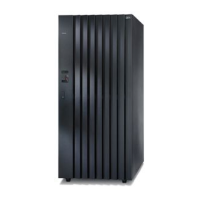
